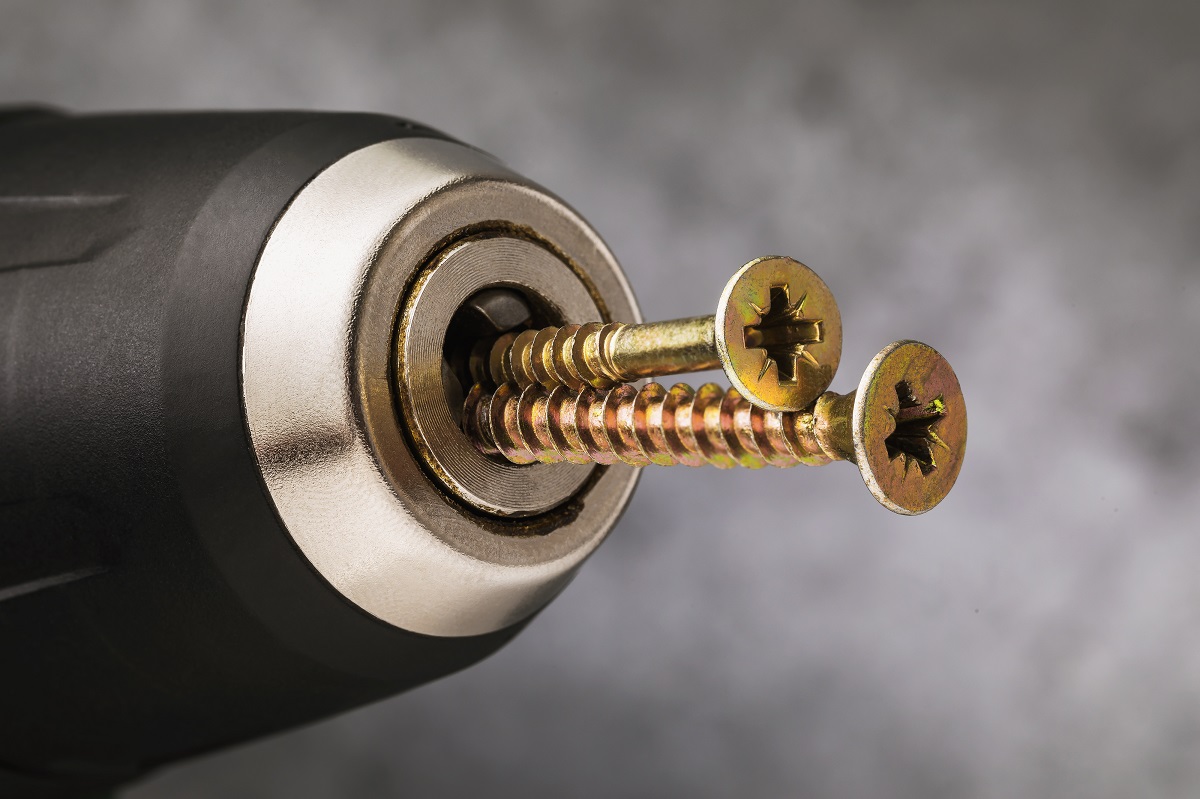When creating a product, many people fail to consider how a user might improperly handle its features because they assume that it is a straightforward design. However, there are cases in which human error or experimentation happens and the product is suddenly in very different hands. Whether by choice or accident, misuse of products can lead to unintended safety hazards. This is why an industrial design company must account for product misuse in their initial design.
People make mistakes, which is why designing for human error is such an important part of product development. It’s the reason that we have seatbelts and airbags in cars as well as fail-safes in other kinds of devices. Industrial design companies in California particularly Designstein Studios have at least four different approaches to protect users against their own unpredictable behavior, including extensive research, simplicity of design, use of safeguards, and communication to users. Without these considerations, products could fail to satisfy consumers. Below, each of these methods of designing for misuse is explained.
Extensive User Research
User research should start with a demographic. Who is your target audience and how will they likely interact with your product? When you have this information, you can start to do tests. Besides noting your focus group’s initial impression of the product, you should also run through some scenarios with them. In order to predict product misuse, it is valuable to hone in on the buyer’s personality, skills, and experience with similar products. Industrial design services can help you tweak designs that present issues with your users so that your product is ready for a successful launch.
Simplistic Designs
The more complicated your design, the more chances there are for human error. Simplify wherever possible to prevent risky product misuse. Determine the goal of the product and eliminate any unnecessary features that do not offer a significant advantage to the consumer. Is it possible to reduce the number of controls, for example, combining the on and off switch? Things like this will ultimately save you the trouble of confusing your user or prompting an accident.
Use of Safeguards
The ideal product has no errors. However, it is not enough to design with perfection in mind. Experts at an industrial design company say that having safeguards provides that extra layer of protection to minimize the chances of product failure. For example, you might add a safeguard to a vacuum cleaner, so that the suction turns off any time you remove an attachment. Safeguards protect the user from injury and protect the product from being damaged by accident.
User Communication
Last, but certainly not least, product developers should think about how their product will be communicated to their users. User manuals or small instruction booklets are necessary for many products. This will define any complicated features and inform users of the best safety precautions. User communication can also be implemented into the design of the product with mini commands. For example, when you empty your trash on a desktop, the computer may ask, “Are you sure you want to delete these files? They will be permanently deleted.” Confirmations of irreversible actions can reduce the chances of user error.


